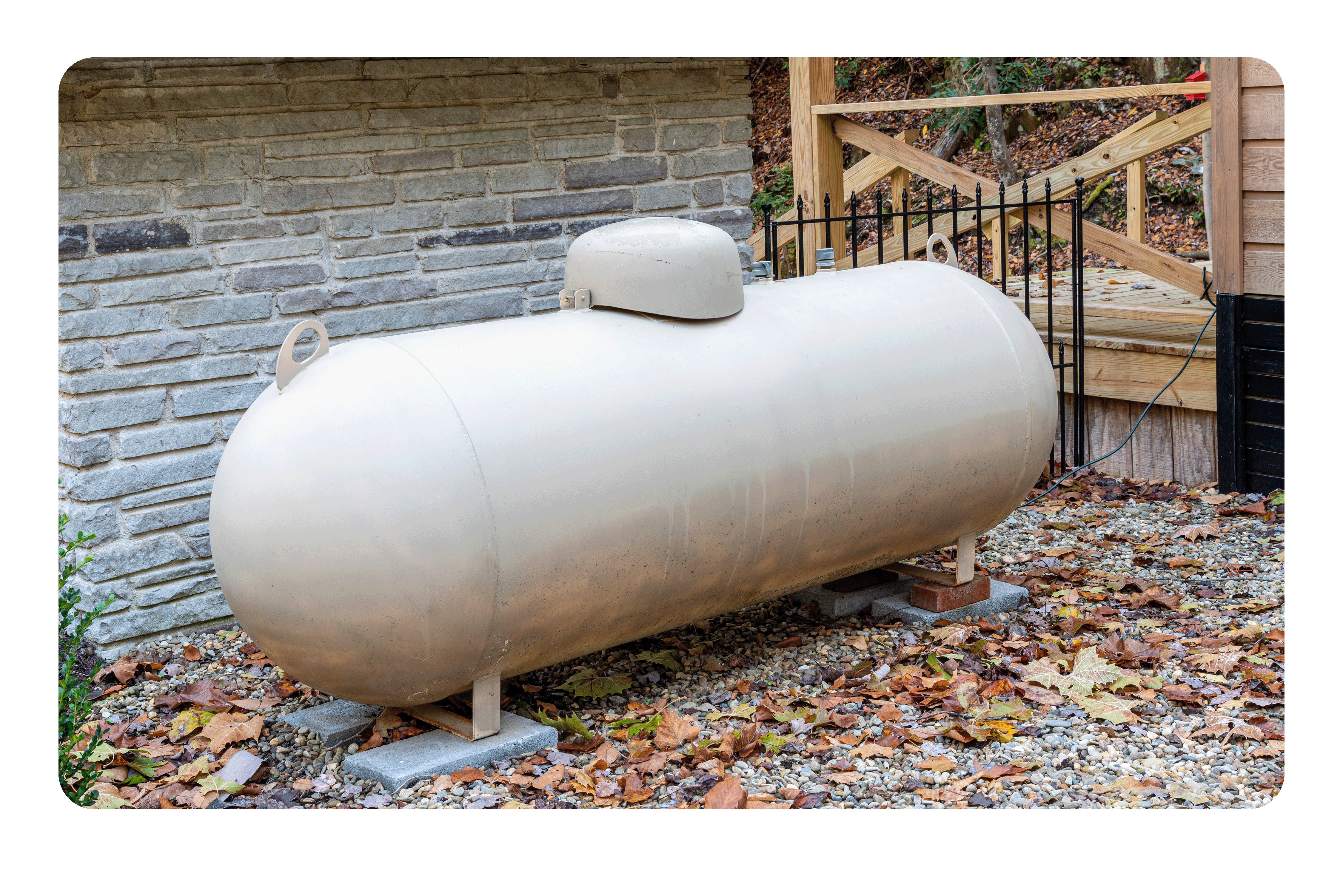
Buy early
Buying your propane in the warmer months typically means paying lower prices. During the summer and early fall, demand for propane is lower which means prices usually are, too. Fill up early to avoid the high demand prices of the fall and winter months.
Consider a budget plan
Sometimes consumers struggle to pay the entire bill at one time. Ask if your distributor offers a budget payment plan. State law requires propane distributors to offer all customers the same budget plan. This includes individuals that receive Low-Income Home Energy Assistance (LIHEAP).
The propane distributor must also notify its customers on a budget payment plan of price or fee changes that may affect the monthly amount by more than 20 percent. The propane distributor may, however, alter or terminate the plan if the customer fails to pay two monthly payments during the budget payment plan. Talk to your local service provider to see what options are available to you.
Customers can’t be turned away – Minnesota law requires propane distributors that have available supply to sell to a customer who pays by cash, receives LIHEAP, or other government or private funds, for that delivery. A propane distributor who accepts LIHEAP must provide consumers with information on what energy assistance is, and how to apply.

